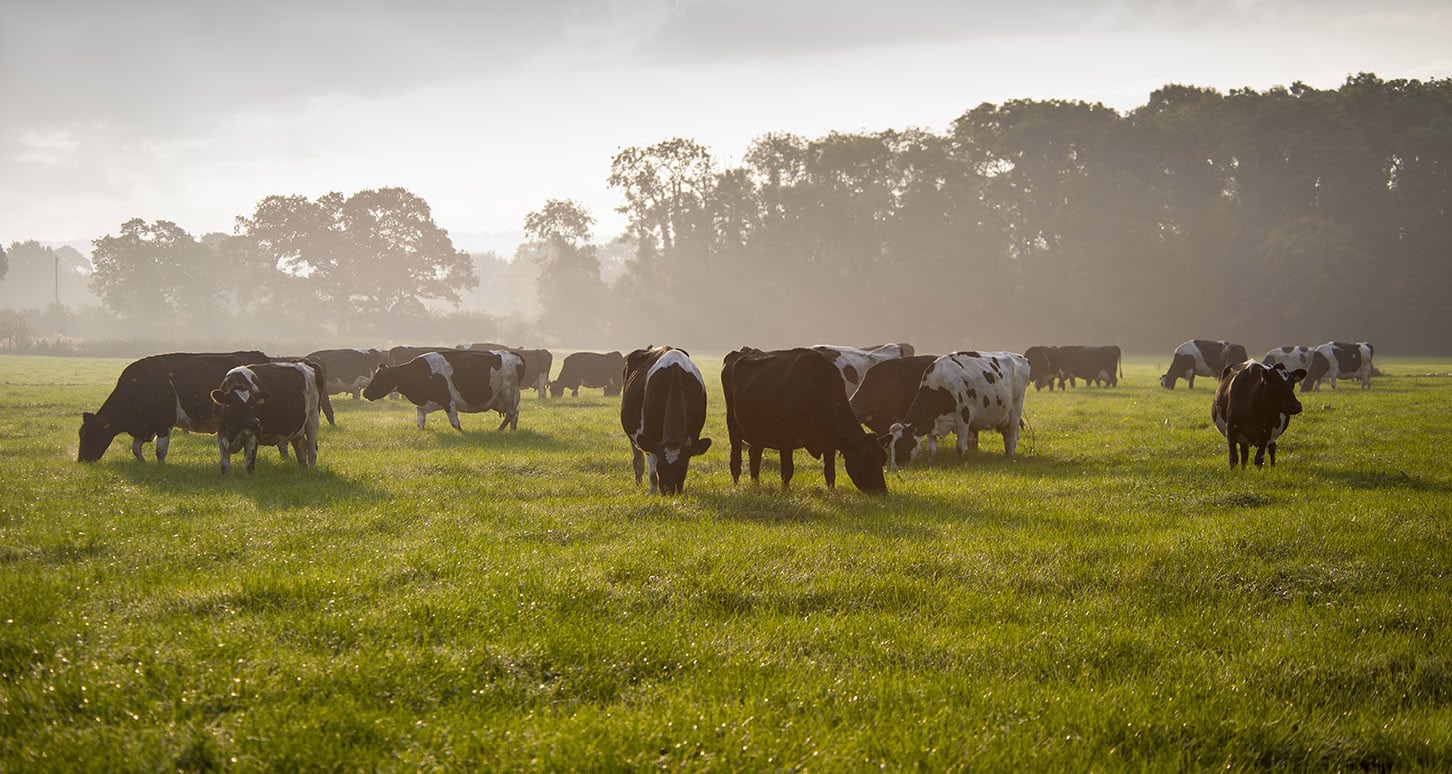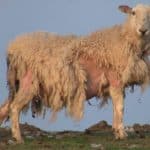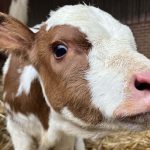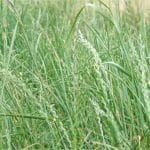Autumn grazing is a critical period in UK livestock farming, offering both opportunities and challenges. As temperatures drop and grass growth slows, we must make strategic decisions to protect soil health, optimise pasture utilisation, and reduce parasite burdens. Done right, autumn grazing can set the stage for a healthier, more productive season ahead—both for livestock and the land they depend on.
In this article, we will explore 7 strategies to maximise the benefits of autumn grazing on your farm while minimising risks—especially those related to soil degradation, nutrient loss, and parasitic infections.
1. Rotate Grazing to Prevent Overgrazing
Rotational grazing is a cornerstone of sustainable pasture management. By moving livestock between paddocks, you allow grass to recover and reduce soil compaction. This is especially important in autumn when wet conditions can quickly lead to poaching, erosion, and long-term pasture damage.
Benefits:
- Maintains sward integrity
- Encourages deeper root growth
- Reduces parasite hotspots by breaking life cycles
Use temporary electric fencing to create flexible grazing zones and monitor pasture recovery times closely. A well-planned rotation system also improves forage efficiency and animal performance.
2. Monitor Soil Moisture & Avoid Wet Ground
Autumn rainfall can saturate fields, making them vulnerable to damage from hooves. Grazing on wet soil leads to compaction, poor drainage, and reduced grass growth in the following season. It also increases the risk of nutrient leaching and runoff into watercourses.
Actionable Tip: Use soil moisture sensors, weather forecasts, or simple field observations to assess ground conditions. If a field is too wet, delay grazing or switch to a drier paddock to protect soil structure, if that is doable.
3. Use Pasture Scoring to Guide Grazing Decisions
Pasture scoring helps you evaluate the quality and quantity of forage available. In autumn, grass growth slows, so it’s vital to ensure livestock are getting enough nutrition without overgrazing.
Score factors include:
- Sward height
- Ground cover
- Species composition
Aim for a minimum sward height of 4–6 cm to maintain soil cover and reduce erosion risk. Pasture scoring also helps identify areas that may need reseeding or rest. Use resources like THIS for in-depth advice!
4. Integrate Mixed Species during Autumn Grazing
Mixed species grazing — such as combining sheep and cattle — can help break parasite life cycles. Different species are affected by different parasites, so rotating them across pastures can reduce overall parasite loads and improve pasture utilisation.
Bonus: Mixed grazing also enhances biodiversity, improves forage efficiency, and reduces selective grazing, which can lead to uneven pasture wear.
5. Implement Strategic Worm Control
Autumn is a key time for managing internal parasites like liver fluke, barber’s pole worm, and gastrointestinal nematodes. Use faecal egg counts (FECs) to monitor parasite burdens and avoid blanket treatments that can lead to anthelmintic resistance. We offer these tests at Cheshire Farm Vets, just pop in with an individual or pool sample and we will get your results back to you within the hour
Best Practices:
- Targeted treatments based on FEC results
- Rotate anthelmintics to prevent resistance
- Avoid grazing wet, fluke-prone areas (e.g. near watercourses or boggy ground)
Strategic worm control not only protects animal health but also reduces environmental contamination.
6. Maintain Ground Cover to Protect Soil Health
Bare soil is vulnerable to erosion, nutrient loss, and weed invasion. Maintaining ground cover through careful grazing and reseeding where necessary helps protect soil structure and fertility.
Consider:
- Overseeding with fast-growing grasses or legumes (e.g. clover, ryegrass)
- Leaving buffer strips around watercourses to prevent runoff
- Avoiding overstocking, especially in high-risk areas
Healthy ground cover also supports soil microbial activity, which is essential for nutrient cycling and long-term pasture productivity.
7. Plan for Autumn Grazing & Rest Periods
Autumn grazing should be part of a broader seasonal grazing strategy. Resting pastures before winter allows root systems to strengthen and soil biology to recover, improving spring growth and reducing the need for fertiliser inputs.
Forward Planning Tips:
- Identify sacrificial paddocks for winter use to protect high-value areas
- Rest key pastures now to maximise spring forage availability
- Use forage budgeting tools to allocate resources efficiently and avoid shortages
Planning ahead also helps reduce reliance on bought-in feed and supports financial sustainability.
Final Thoughts: Autumn Grazing as a Regenerative Tool
Autumn grazing isn’t just about feeding livestock—it’s a chance to regenerate soil, reduce parasite pressure, and build resilience into your farming system. By applying these 7 strategies, you can turn a potentially risky season into a powerful opportunity for long-term success.
Whether you’re managing sheep, cattle, or mixed herds, thoughtful autumn grazing can improve animal health, pasture longevity, and environmental outcomes—making it a win-win for yourself and your land.
If you would like to chat with us about pasture testing, fodder testing or testing your stock for any parasite burdens please do not hesitate to get in touch on 01270 310010.





